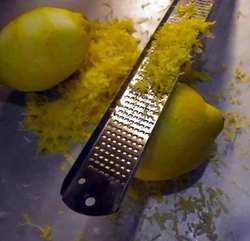 When we visited the Amalfi Coast the lemons were everywhere.... on the terraced gardens, along the roadside, growing in pots, being sold from three wheeled vendors, overfilling crates outside of neighborhood Alimentari, in the gift shops in the form of soaps and scents, and in bottles of Limoncello. It's also in the food--in kitchens and ristoranti everywhere along the Amalfi Coast and in most of Campagnia where the world famous huge Sfusato lemons are grown. After recently seeing an episode of David Rocco's Amalfi Getaway in which he prepared 'Ndunderi (ricotta gnocchi) with a lemon sauce, I was inspired to create my own lemon sauce for use with pasta. I wanted to make it lemony, spicy and fragrant, the way I remember the flavors of the Amalfi Coast. I remember when we first stopped our car along the Coast Road and looked out at the rugged cliffs meeting that shimmering seascape... I was dumbstruck. I almost cried from the fact that I was actually standing there in this glorious environment. I wanted to create flavors that took me back to that moment... a mix of amazing beauty and the danger of the cliffs and the curvy road ahead. A blend of sweet tartness with some decent heat. I set to work... First I threw together some ingredients: 3/4 pound of cut up chicken breasts, salted and peppered with Lemon Pepper zest of 3 large lemons (the most fragrant you can find) The juice of two of the lemons 3 tablespoons of lemon flavored olive oil (for sautéing) 1/2 teaspoon pepperoncino (red pepper flakes) 2 whole cloves of garlic (paper removed) 1 cup of a fruity white wine (I used a French Sancerre we happened to have) 1 cup of Low Fat Half & Half (or heavy cream) 1 pound of a textured pasta to hold the sauce well (we used a large, imported Radiatore) 1 teaspoon basil 1/2 cup freshly grated Parmigiano Reggiano 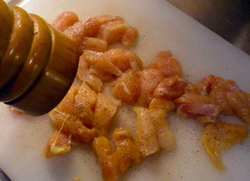 So, first I started with a big pot for the pasta with lots of water and a few tablespoons of salt.... covering the pot almost all the way, with the flame up high. (While doing all of the following prep, pay attention to when your water boils and then add the pasta). Next, I got the lemon zest ready and set it aside. A microplane is far better for this task than one of those old fashioned zesters. It gives a much finer, moist and fragrant zest. I placed about 3 tablespoons of the lemon olive oil in a 12" non-stick saute pan, sprinkled in the pepperoncino and turned the heat to medium. I cut up some white chicken breasts into short strips and salted them, then sprinkled with lemon-pepper mix. Adding the chicken to the hot pan, I sautéed them until I got some decent color on the first side (about 3 minutes), then, after I turned the pieces of chicken over, I added the two garlic cloves into the oil and then sprinkled the chicken with the lemon zest and continued to cook, tossing as needed for another minute or so. You can now squeeze in the juice from two of the lemons use your hands as a filter to keep the seeds from falling into the sauce. Then it was time to add the wine. If you can, get a bottle of Costa d'Amalfi white wine... as this was a spur of the moment, middle of the week recipe, I used the Sancerre I had in my clay wine storage tiles. Turn the heat up to high before you add the wine.... you want to burn off the alcohol. You can flame it by tilting the pan or just wait until the wine reduces a bit, then add the Half and Half (or heavy cream). Continue cooking to reduce the sauce, but depending on how textured your pasta is, you don't want this sauce too thick. You want it to get into all the crevices of the pasta. I would leave it thicker for something smooth, like ravioli. After a few minutes, your sauce should look like the photo below... creamy and coating the chicken well, but not thick or pasty. If you've gone too far, either add some more wine or a tablespoon of water to loosen it up a bit. Hopefully, your pasta should be ready by the end of cooking your chicken. If it's not, take your chicken and sauce off the flame, cover and set aside. Once the pasta is ready, drain in a colander, then combine well in a large pasta serving bowl. Toss in the Parmagiano Reggiano and basil and mix well. That's it... your Amalfi Lemon Pasta and Chicken is ready to serve. I hope you enjoy the bit of heat. Lucas and I thought it was perfect but Lisa thought I should have backed off a bit on the red pepper flakes. If you're not that into heat, perhaps use half the pepperoncino. And definitely half the rest of the bottle of wine with your meal... The Sancerre was a perfect compliment to the chicken, pasta and lemon fragrance.
Allora, buon appetito! --Jerry Finzi If you enjoyed this recipe, please share it with your friends and tell them to visit us... ciao! You can also follow Grand Voyage Italy on: Google+ StumbleUpon Tumblr Copyright 2016 - Jerry Finzi - All Rights Reserved We've grown our own basil for years now and of course, we all love pesto. One of the most basic ways to have pesto is with pasta, and our favorite is Insalata di Pasta con Pesto with Tuna and Heirloom Tomatoes. To begin, you have to grab a bunch of basil from the garden (or buy a large bunch from a supermarket or farmer's market). I usually cut the top leaf stalks off of about 4 plants in my garden when I want to make some pesto. I would guess when I remove the stems, it gives me about 2 cups of fresh basil leaves. 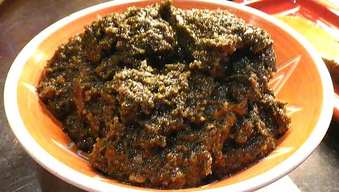 The finished pesto The finished pesto The first step in making pesto is to pull all the leaves off their stems. The stems would make it stringy... you want only the leaves. For this reason, I prefer to grow Lettuce Leaf Basil when I can find spring plants or grow it from seed. The larger leaves that variety make it easy to harvest enough for a quick pesto meal. I've grown all sorts of other basils in the past, but some--like lemon basil--have such tiny leaves it's not worth the hassle of harvesting enough for a meal. (The following pesto recipe will make enough for 3-4 meals, depending how you are using the pesto.) I use a salad spinner to wash and then to spin the leaves dry. After spinning several times, they are dry enough to place into a blender or food processor. (Your choice). I add about 1 cup of an extra virgin olive oil and then, instead of pignoli nuts, I add 1 - 1/2 cups of walnuts. They are cheaper and I like the flavor better. Add a pinch of salt, about 10 grinds of fresh black pepper and then start to pulse the mixture. If you like, you can squeeze some fresh lemon or lime into the mix to brighten the flavors. Pay attention to the texture of your pesto. You want it to be like a thick paste and depending on your personal preference, you might like it a bit chunkier or very smooth. I prefer the slight crunch of the walnuts, so I don't go all that smooth with my mixing. If it looks like the pesto is too thick to can always drizzle in a bit more extra virgin olive oil to thin it out. When you are nearly at your final texture, add about 1 cup of your favorite grated cheese... Pecorino Romano, Locatelli or my favorite, Parmigiano-Reggiano. You might even try a dry sharp Provolone. Do a few final pulses to get the texture you want--I like it a bit grittier when used with pasta directly, but more smooth if I'm going to use it as an ingredient in a creamy pesto sauce, for ravioli or gnocchi, for instance.  I've never seen this pasta shape I've never seen this pasta shape Now, to make the salad itself. Boil a big pot of water for your favorite pasta. This time we used an unusual imported bowtie pasta, but you can use any farfalle, radiatore, fusilli or campanelli, or even penne rigati, as long as the shape has ridges to hold the sauce. As your pasta cooks, prepare the salad ingredients... You'll use about 1 cup (or a bit more if you like) of the pesto--this recipe makes enough pesto for about 3 meals. Just keep the rest in a plastic container and top it off with olive oil to prevent oxidation. After you've put your pesto into a large serving bowl, add 1 tin or jar of a good quality, Italian imported tuna and some cut up tomatoes. I used a variety of heirloom cherry sized tomatoes I'm growing this year. If you like, you could also add black pitted olives and even some steamed (or canned and microwaved) string beans or Italian flat beans. Drain the cooked pasta and pour over the salad ingredients. Using a large serving spoon, toss gently while turning the pasta bowl several times to coat the pasta with all the ingredients. I usually top it off with more grated or flakes of Parmigiano-Reggiano. You can chill this a bit or serve at room temperature. Your choice. Try a good quality chianti with this dish, or perhaps a light soda made from seltzer and one of your favorite Torani syrop flavors. (We love having a Sodastream unit in the house for this reason...) Ecco qui... my simple, fresh and very tasty summer Insalata di Pasta con Pesto! Buon appetito!
--Jerry Finzi If you enjoyed this recipe, please share it with your friends and tell them to visit us... ciao! You can also follow Grand Voyage Italy on: Google+ StumbleUpon Tumblr Copyright 2016 - Jerry Finzi - All Rights Reserved "What do we think of Italo-Americans? They look doubly ignorant if they can't even speak the language, or if they slap Italian words in their phrases at random, or replace perfectly fine English words with Italian words just because. Why can't they just use the word 'grandma' instead of hijacking 'Nonna' all the time? Italo-Americans use the Italian flag as if it's theirs. When they come to Italy they feel lost like a stranger. That's because they are. If someone of Chinese decent is born in Germany or England they are German or English. Period."
Last night we just wanted a simple meal... all-American hot dogs on the grill. But I wanted something better than just fries to go with them. We've been getting our crop of heirloom tomatoes in, so I thought, why not? Pig out on the hot dogs, but relax and enjoy summer Italian style with a caprese salad!
Sure, I could have just sliced up some mozzarella and tomatoes and tossed some basil on top, but I wanted to give Lucas and Lisa a treat... especially Lisa. She's been working so hard lately battling her corporate dragons. She deserved something special. She deserved a smile. What can make a woman smile more than flowers? Fiori Caprese con Pomodori Antichi This is really simple but requires a steady hand and a bit of finesse positioning everything. Nothing fancy, really... anyone can do it. I placed 4 slices of mozzarella on the plate laid out in a cross pattern. Then I went to the garden and pulled some large basil leaves--4 for each plate. Positioned them on top of the cheese, then arranged various types of heirloom cherry tomatoes (in Italian, Antichi Pomodori ) that I had picked earlier in the day... The yellow are Olivette (a mild, egg shaped yellow) and the red are Mahogany Roma (a sweet "black" pear shape). A sprinkling of a balsamic that we brought back from Pienza in Tuscany and some oregano and they were good to go. In the end, the hot dogs were good, my Fiori Caprese con Pomodori Antichi was better, but Lisa's smile was the best... --Jerry Finzi You can also follow Grand Voyage Italy on: Google+ StumbleUpon Tumblr Copyright 2016 - Jerry Finzi - All Rights Reserved In the Garden of Ninfa, travelers will discover a wide range of exotic plants from various parts of the world, numerous watercourses and a large variety of rambling roses growing over the stone walls of the ruins. Ninfa is a landscape garden in the territory of Cisterna di Latina, in the province of Latina, central Italy. Its 260 acres comprise an Italian natural monument which contains medieval ruins, several oaks, cypresses and poplars, and grassy meadows. The garden has an almost-returned to Nature feel about it. It is open to the public at set times from April to November. Nearby towns include Norma and Sermoneta. Ninfa has been described as "the most romantic garden in the world". 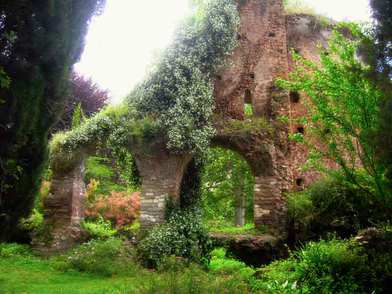 During the Middle Ages, Ninfa was actually a hamlet containing more than 150 houses, churches, mills, bridges, inns, a castle and a town hall. The town was encircled by a defensive wall over half a mile long with guard towers. The castle was built in the 12th century near the lake outside the city walls. Santa Maria Maggiore was the town's primary church and was most likely built from the 10th century and widened in the first half of the 12th century. The Church of Saint John is dated around the 11th century and is now in ruins. In the 16th century Ninfa was repopulated by its inhabitants, when Cardinal Nicolò III Caetani ordered the architect Francesco Perugino to build a garden in the area of Ninfa, but this garden fell into decay soon after the Cardinal's death in 1585. During the 17th century it was gradually deserted due to the expansion of the surrounding marshes and the arrival mosquitoes carrying malaria. By the 18th century the last mill was abandoned and the town hall was transformed into a barn. Pope Pius VI started a reclamation of the marshes, but the project was abandoned. The garden at Ninfa sat neglected under the domain of the Caetani family until the 20th century, when the estate was renovated and the garden was transformed. The garden is crossed by numerous small springs as well as the river Ninfa, which flows south of the garden. Restoration of the garden involved importing plant species from all over the world. There are over a thousand varieties of plants and trees, such as American walnuts, several ornamental apples, yuccas, Cotinus coggygria, catalpa, cedar trees and many rose bushes Fondazione Roffredo Caetani onlus Via della Fortezza 04010 Sermoneta (LT) WEBSITE
Sunflowers adorn just about anything in Italy.... tablecloths, plates, vases, tiles, handbags, shoes, pillows, and even scarves and guitar picks!
The real mystery is that no one really knows why the flowers themselves follow the Sun. Perhaps they just like the feel of the Italian sun on their faces.... In Italy, this is no surprise. Everyone there is always a bit chilly and in need of a good dose of sun... --Jerry Finzi You can also follow Grand Voyage Italy on: Google+ StumbleUpon Tumblr Copyright 2016 - Jerry Finzi - All Rights Reserved Non puoi insegnare niente a un uomo. Puoi solo aiutarlo a scoprire ciò che ha dentro di sé
You cannot teach a man anything, you can only help find it within himself. --Galileo Gailei Phillis is a good friend of mine, even though we never met in person. You see, Phyllis is one of those great people that you make a bond with online by reading her words--Phyllis is a writer and blogger and lover of life. She writes with passion about taking up a new life in Italy and how she's adjusted to This Italian Life, as she calls it in her book of the same name. It's a great read. We learn what it was like for her when she first traveled to Italy, when she was an "illegal" for a short period and how she came to make Italy her home. She tells of the frustrations, the pleasures, the hardships and the wonderful people she met during her evolution into becoming one with Italy. After a long career as a freelance writer in the U.S. (Washington Post, Women's Wear Daily, Conde Nast, Chicago Tribune, etc.), she penned her own life's experiences in her book and on her blog, This Italian Life. I suggest to all Italophiles who dream of living the Italian life to take the time and visit Italy through Phyllis' stories... take the time to go back and read all her articles on her blog. And you can read her book, available on Amazon. But sadly, for about a month or more, Phyllis' blog has been quiet. Too quite. The sad truth is, this wonderful purveyor of Italian tidbits of life has been ill... very ill. Phyllis is now fighting her biggest battle yet--with cancer.
I wanted to write this blog post to bring people's attention to Phyllis and her heartfelt writings. You can visit her page on Facebook HERE and read the links to her articles. You can leave a message of thanks to her for all she has shared with us. Let her know we love her words, her remembrances and most of all, her humanity. For that's what I've always felt when reading her stories. She has truly lived La Vita Bella. She has become Italian. She has become our friend and mentor and travel companion. Thank you, dear, grand lady. You've made our lives a bit more Bella by sharing yours with us... We're praying for you, Phyllis... and waiting for more of your wonderful words... --Jerry Finzi |
Categories
All
Archive
June 2024
|


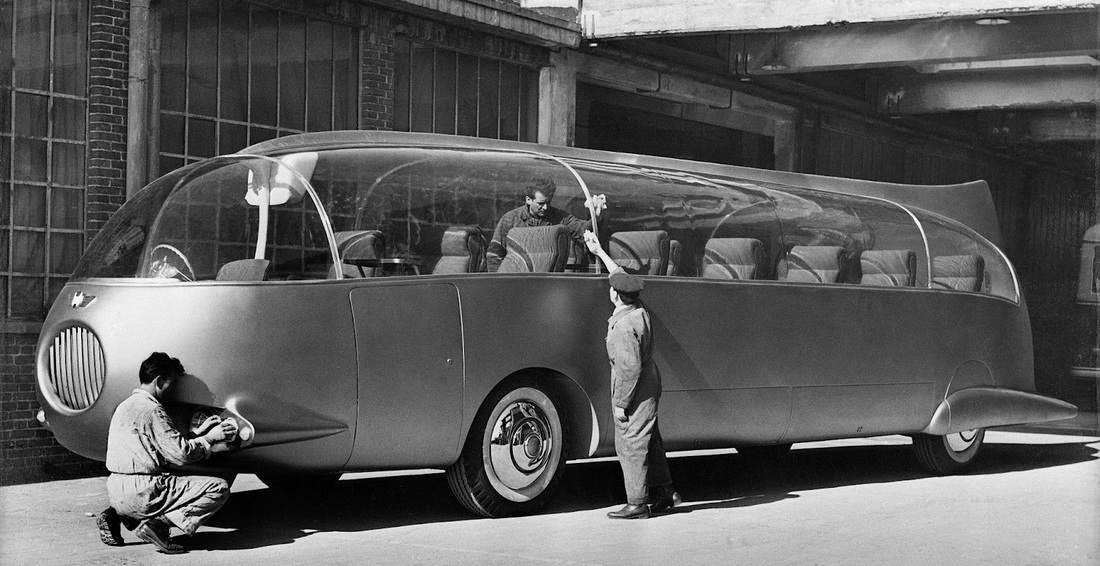

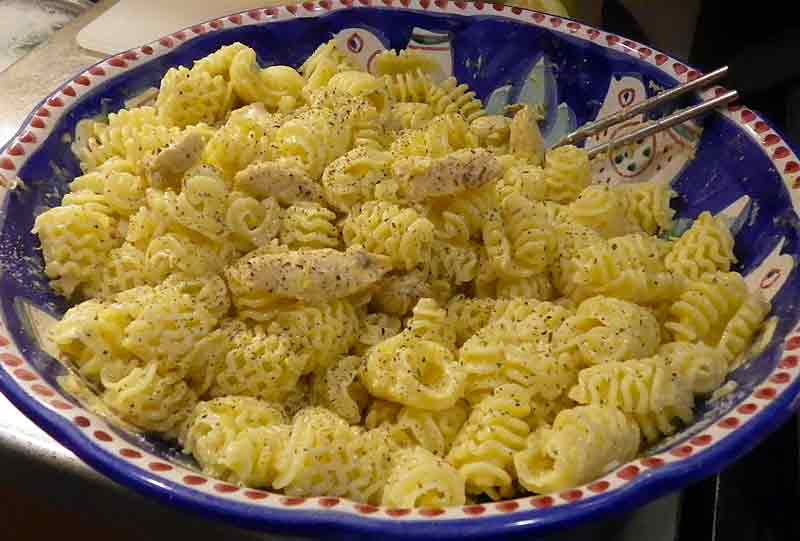
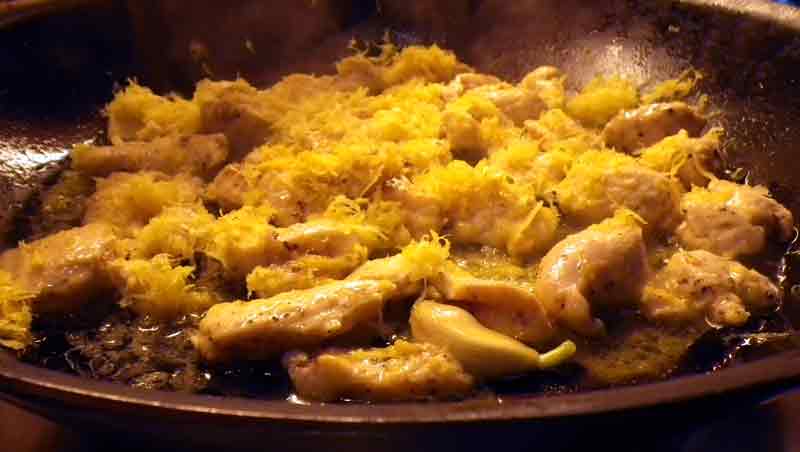
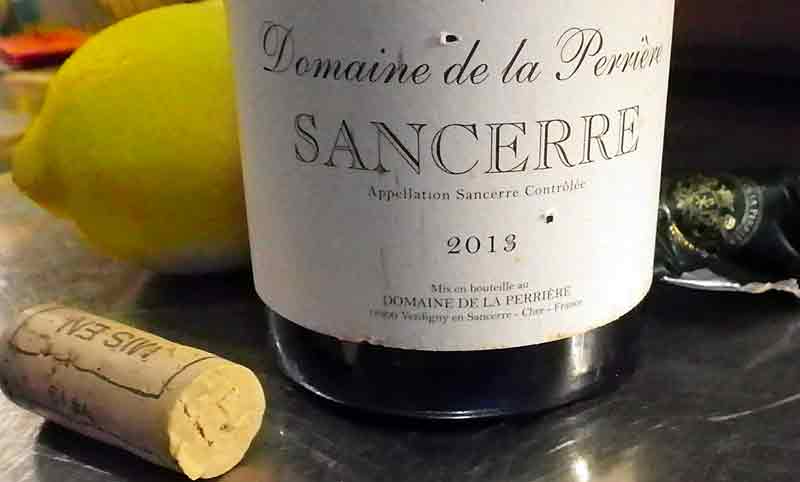
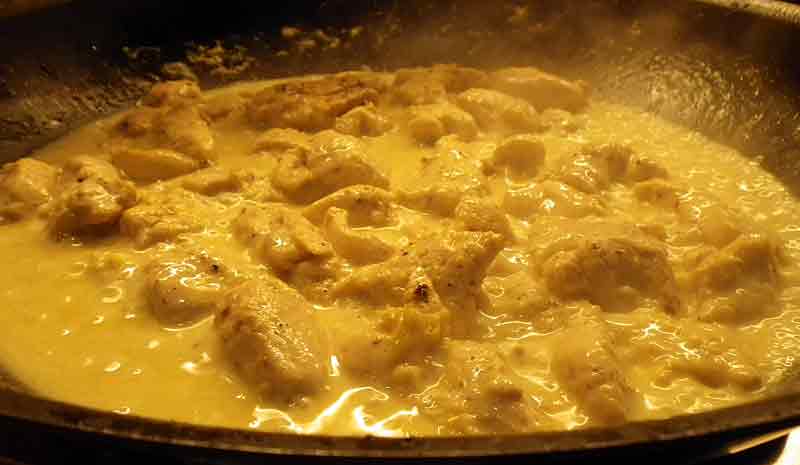
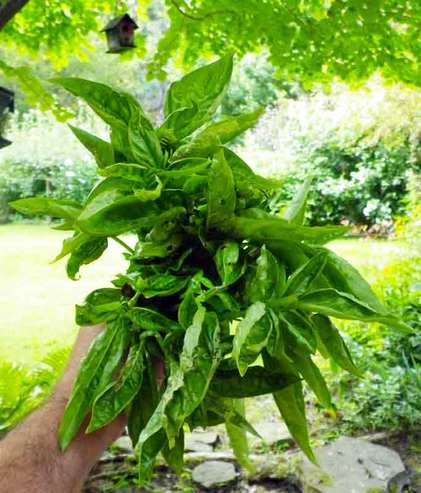
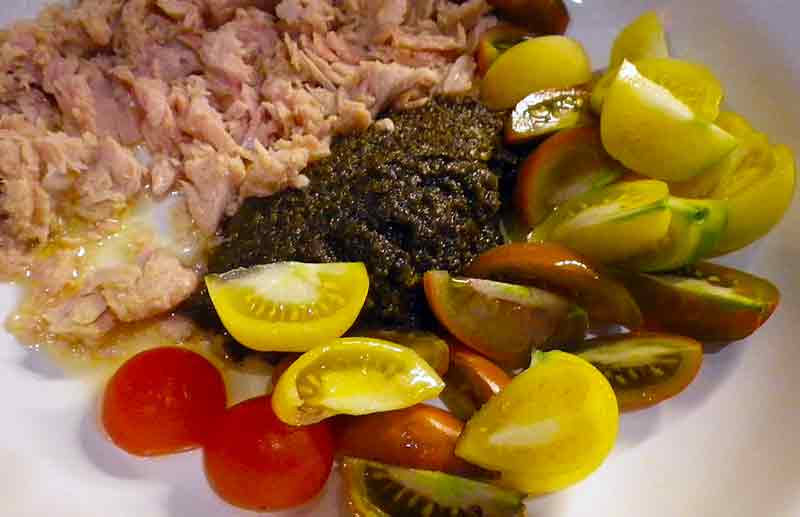
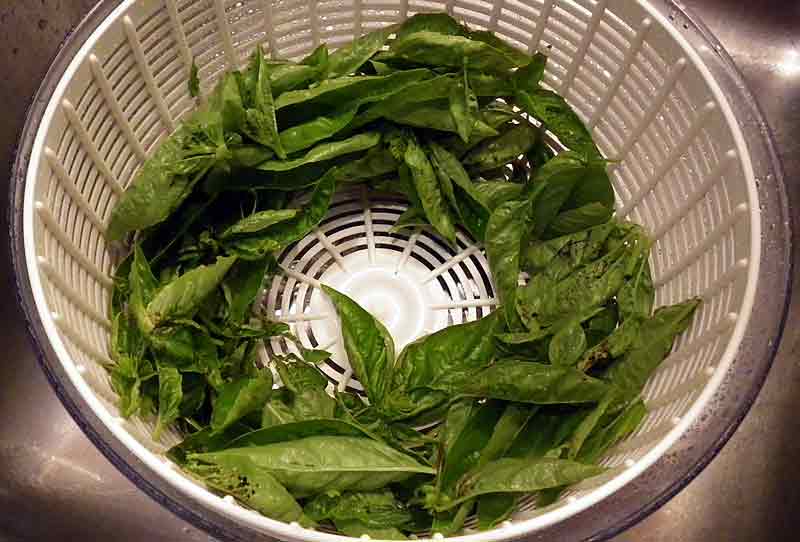
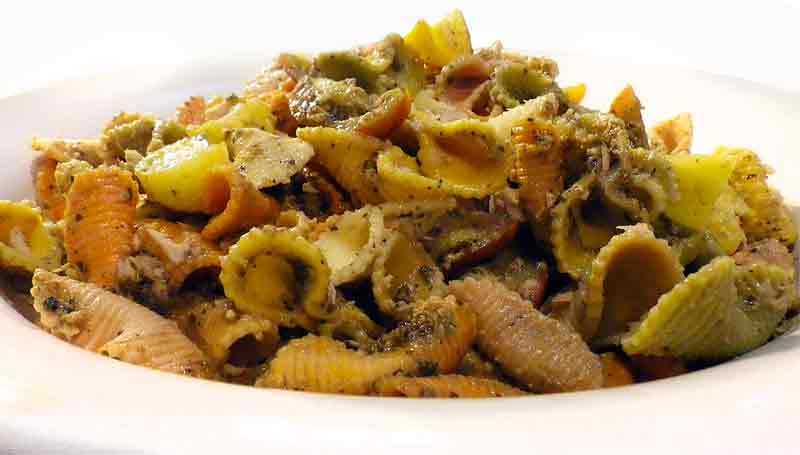
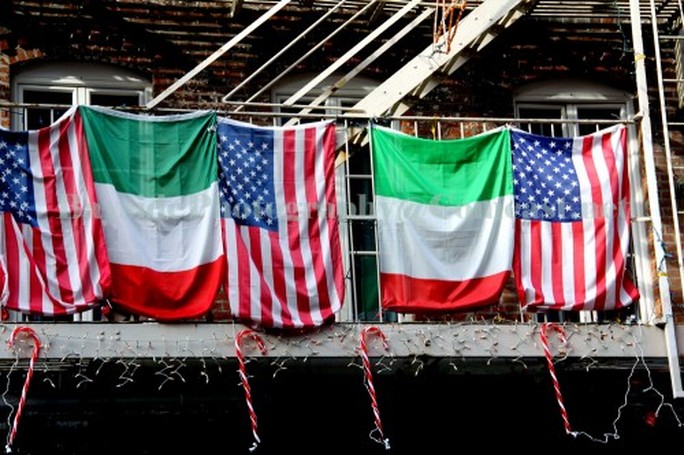
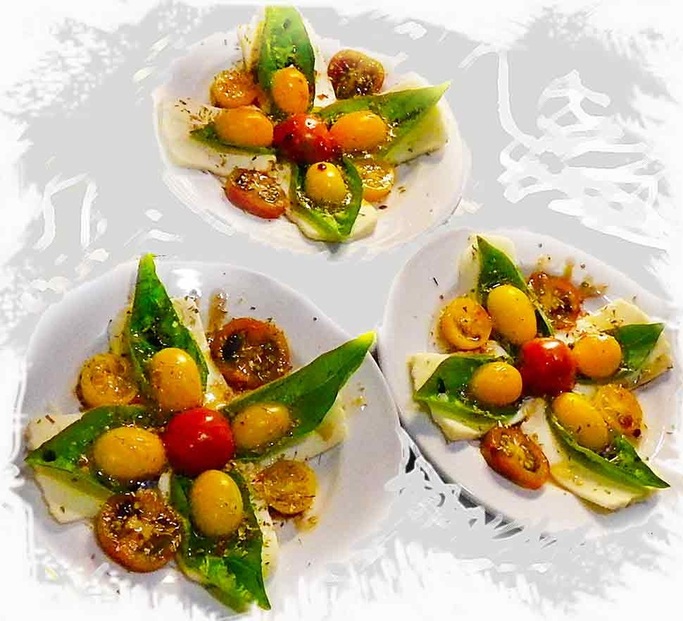
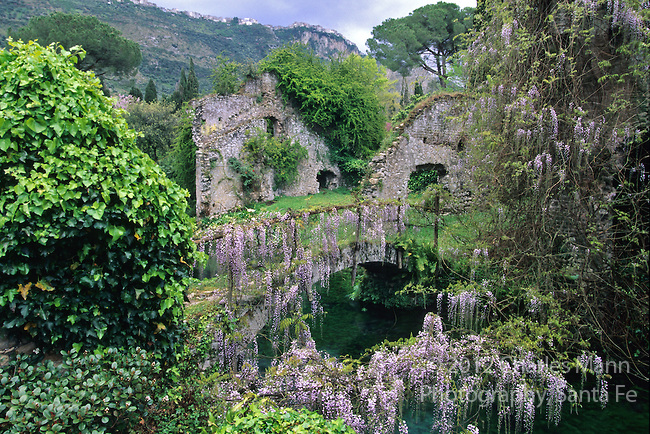
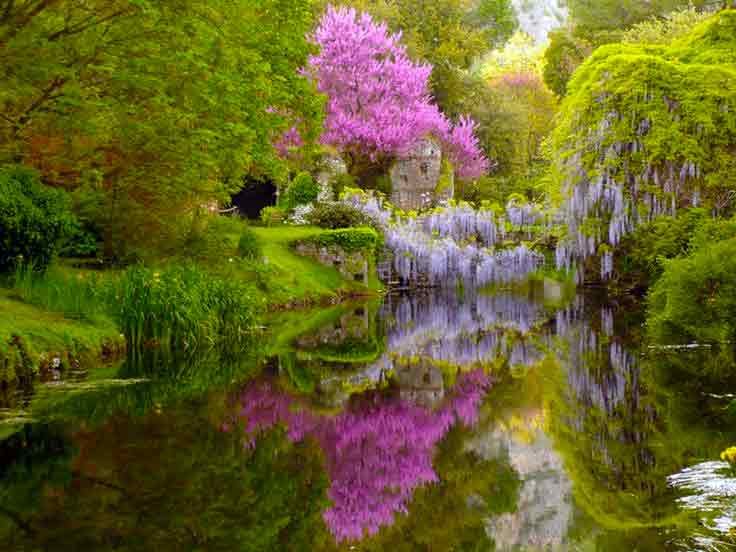

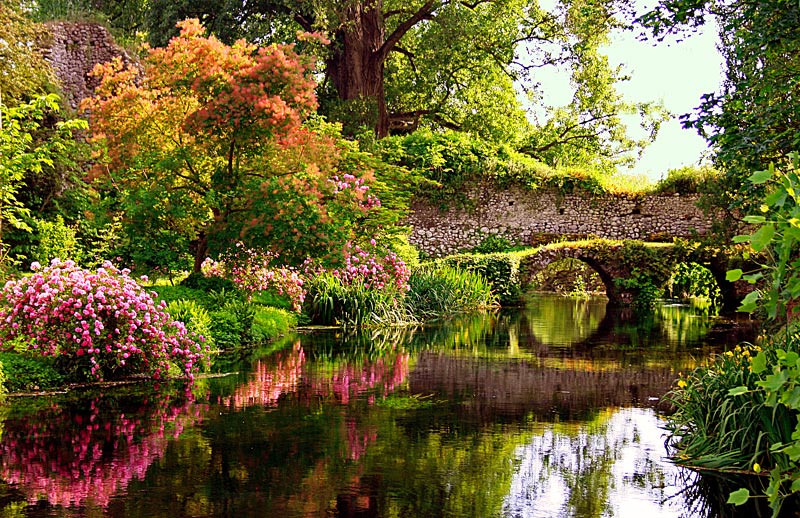
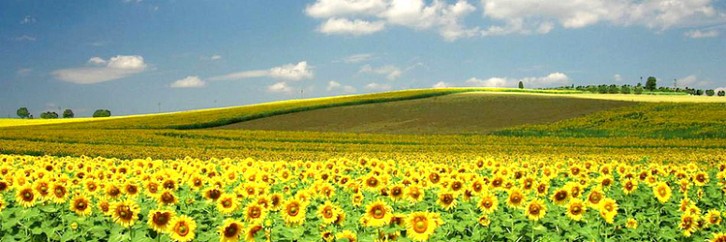
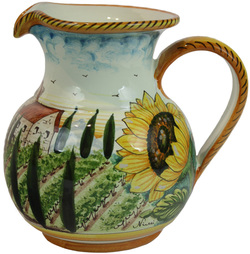
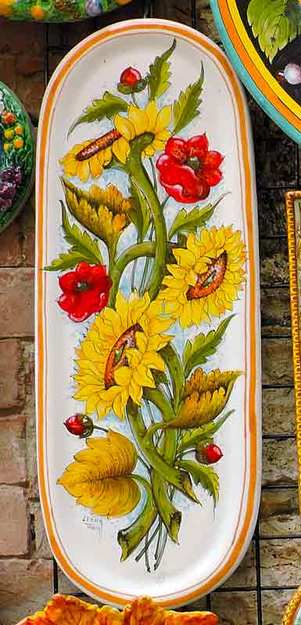
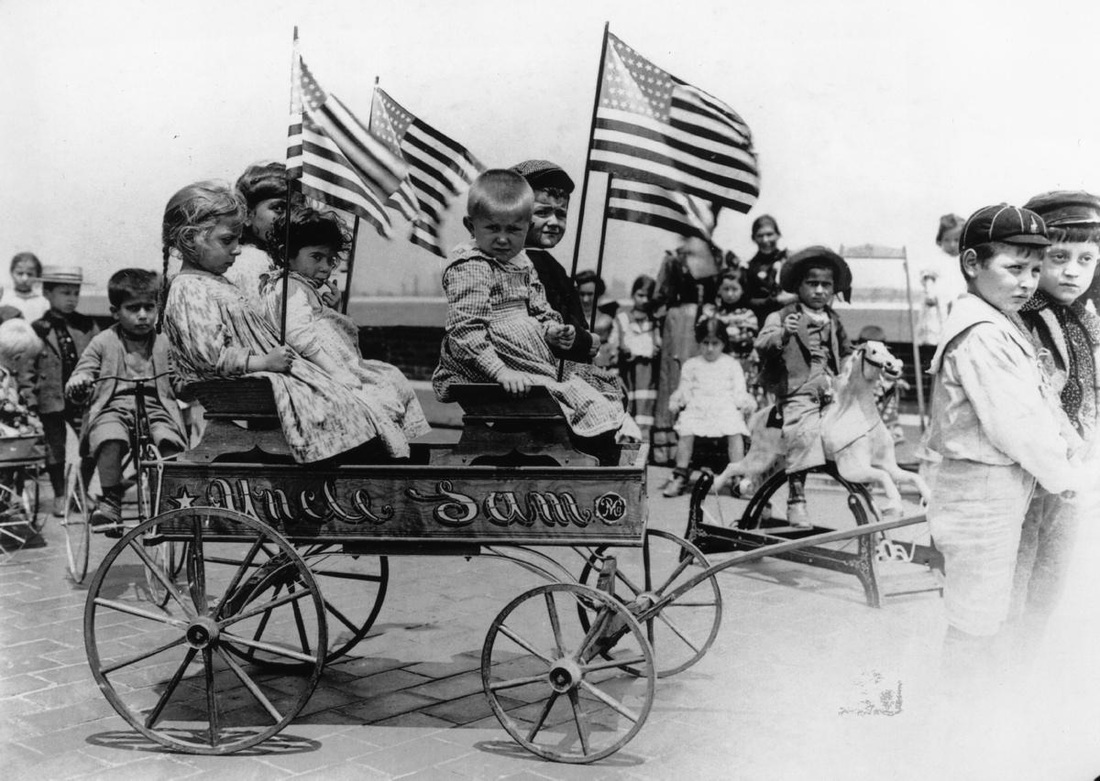
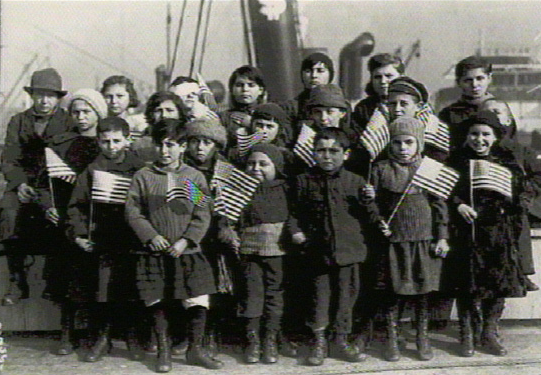
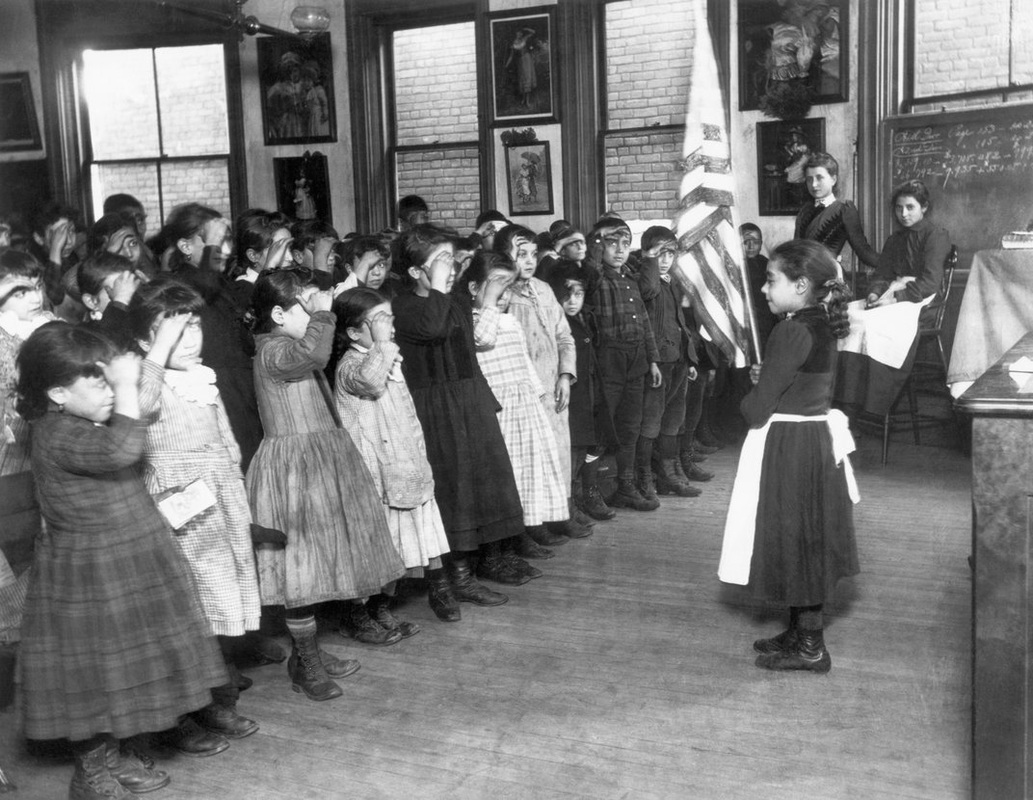
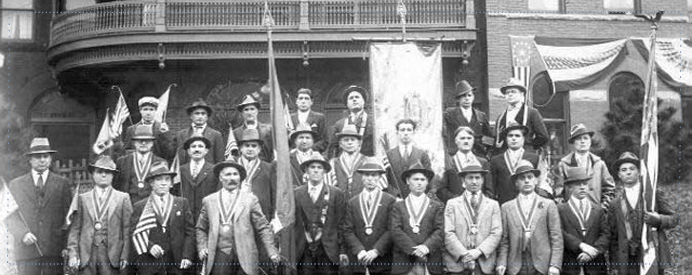


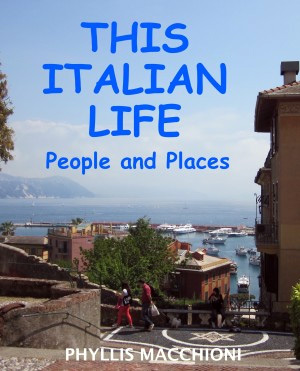
 RSS Feed
RSS Feed
